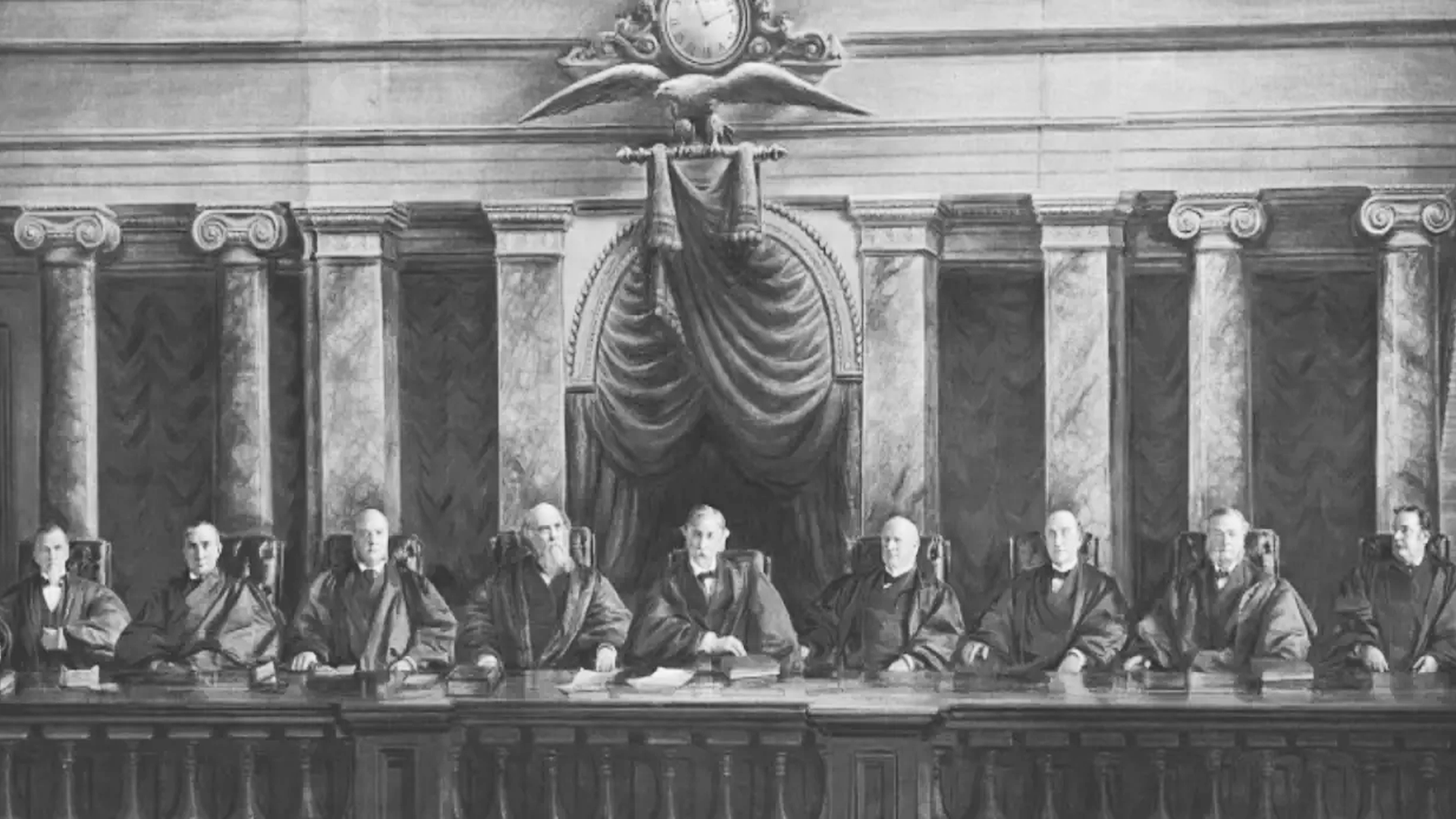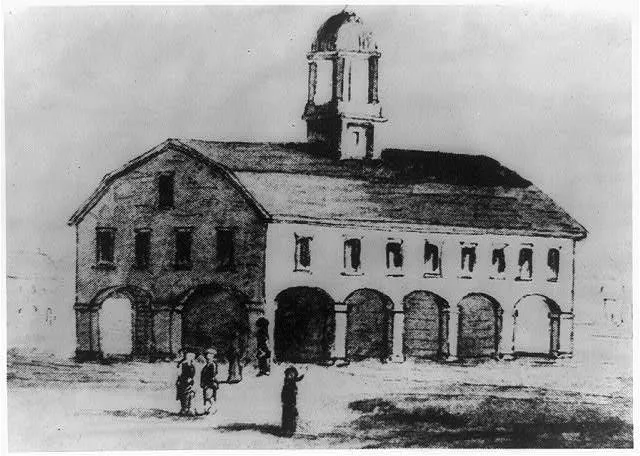The First Supreme Court Is Established

The Judiciary Act of 1789 set the foundation for America’s judicial system.
What Happened?
When the Constitution was written, it promised a Supreme Court but left the details up to Congress. That’s where the Judiciary Act of 1789 came in, spelling out how the new nation’s court system would actually work.
The law created not just the Supreme Court but also lower federal courts: 13 district courts and 3 circuit courts. This gave the U.S. its first true system of justice that could handle cases at multiple levels.
The new Supreme Court started with six seats: one Chief Justice and five Associate Justices. Today we’re used to nine justices, but back then the number wasn’t fixed—it could change whenever Congress said so.
President George Washington wasted no time filling the bench. On the same day the law was signed, he nominated John Jay as Chief Justice along with five associate justices.
John Jay and his colleagues had a tough job. They didn’t just hear cases—they also had to ride from state to state to serve on local circuit courts. Imagine being a judge and also a traveling road warrior.
Their first official session opened on February 1, 1790, in New York City. At first, their docket was light, but the role of the Court grew over time as America faced new challenges.
One early case, Chisholm v. Georgia (1793), helped shape the balance of power between states and citizens, leading directly to the Eleventh Amendment. Another, Glass v. Sloop Betsey (1794), clarified maritime law.
It wasn’t until 1803, in Marbury v. Madison, that the Court established its defining power: judicial review—the ability to strike down laws that conflict with the Constitution.
Through crises like the Civil War, Reconstruction, the Great Depression, and the Civil Rights Movement, the Supreme Court has been at the center of America’s toughest decisions.
Looking back at September 24, 1789, it’s clear this wasn’t just about creating another branch of government—it was about giving future generations a referee to protect the Constitution, even when the game gets rough.
Why It Matters
The establishment of the Supreme Court was a game-changer. It created a branch of government designed to interpret the law, check the power of the other branches, and ensure the Constitution remained the nation’s guiding framework. Today, the Court still decides issues that affect every American—from voting rights to personal freedoms.
?
Why do you think the Founders made the Supreme Court justices lifetime appointees?
What does judicial review mean, and why is it important?
How has the role of the Supreme Court changed since 1789?
Why do you think Congress has the power to change the number of justices on the Court?
What Supreme Court decisions do you think have most shaped American life?
Dig Deeper
An overview of how the Supreme Court works, from nominations to decisions.
Related

From Articles to the Constitution
The Articles of Confederation got us through a revolution—but not much more. Weak laws, no executive, and constant in-fighting forced the Founders back to the drawing board. What came next? The Constitution.

The Bill of Rights: What Is It—and What Does It Actually Do?
The Bill of Rights wasn’t added to the Constitution because everything was going great, it was added because the people didn’t trust the government. And they had every reason not to.

Building a New Nation: Foundations of State and National Government
From the shaky Articles of Confederation to the Constitution and Bill of Rights, discover how America’s founders navigated the turbulent waters of self-government—and why North Carolina took its time joining the party.
Further Reading
Stay curious!
